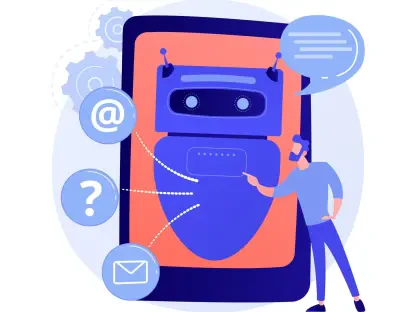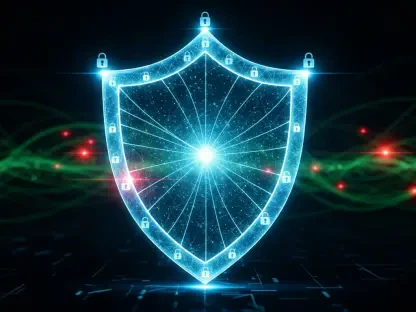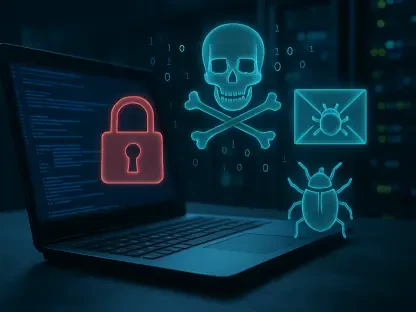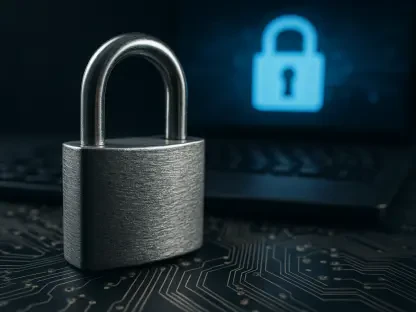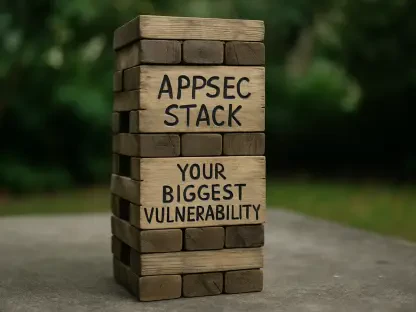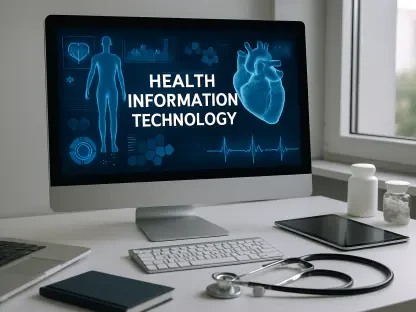“The shift to remote learning opens the door for different points of attack that most school districts weren’t set up to support” – Amy McLaughlin
It was not so long ago that online education became the new norm. Schools and universities from all around the world closed their doors to learners and teachers while opening their virtual classrooms. It also became clear that many institutions—as well as students—were not prepared to go digital on a full-time basis. A whole range of challenges came with remote learning: the lack of technology, a stable connection, and proper cybersecurity measures, just to name a few.
Moreover, the number of cyberattacks grew and schools have become more vulnerable to various threats. Today, it is essential to find the best cybersecurity solutions that would prevent disasters from happening. However, planning for a strong security strategy is not always easy, especially when there are still uncertainties about next year.
So, what are the cyber risks faced by schools and universities today, and what can you do to protect your staff and students?
Improving remote access
Remote learning requires students to access tools that are most likely located in the cloud, such as email, file sharing apps, and communication tools. They also require access to the school’s network, for various resources. But students are not the only ones accessing the institution’s network, as teachers, administrators, and IT professionals also have access to these resources and systems, which makes it necessary to update your remote access to ensure security. Deploying virtual private networks (VPN) can be a solution to protect your data by encrypting it.
Risky applications on staff’s or students’ devices can also give access to cyberattackers. You also need to ensure that only authorized devices and applications are allowed to access the school’s network.
Protecting your sensitive data
Schools and universities store and manage valuable data of students, teachers, administrators, and a large amount of intellectual property that can attract hackers—and can be sold on the dark web. This sensitive information needs to be protected, so make sure you authorize user access with two-factor authentication (2FA).
Protecting your students
Online learning is mostly done on BYOD, which makes protecting the network even more challenging since it’s difficult to know if users’ devices are updated and have current antivirus programs. So, unless the devices connect via VPN, schools need to ensure that all remote learning tools are secure to enter and access the institution’s network. It is also vital to safeguard your staff and students from unexpected threats, guaranteeing you can identify and block threats such as cyberbullying, abuse, or inappropriate content.
Raising security awareness
It’s no surprise that phishing attacks are a serious challenge and pose major security risks to educational institutions. Email security plays a crucial role in ensuring you are up to date and have endpoint protection. However, the most effective way to avoid phishing is by focusing on raising awareness and investing more in training, so that staff and students are well prepared. Security awareness is a powerful way to educate users and you facilitate a culture that is protecting people from ransomware, malware, and viruses.
Securing mobile devices
Tablets, phones, and other mobile devices are massively used nowadays in online classes—which increases the risk of one single unprotected device compromising the entire network. This also happens more often in institutions that have vulnerable barriers or don’t have barriers at all when it comes to user access. Moreover, since most mobile devices are connected to the internet, the attack surface has grown significantly for schools. You must implement a robust security solution to help your staff and students stay safe while navigating.
The shift to online learning is not without challenges and risks—make an effort to close the gap in security knowledge and protect your institution and its people.


